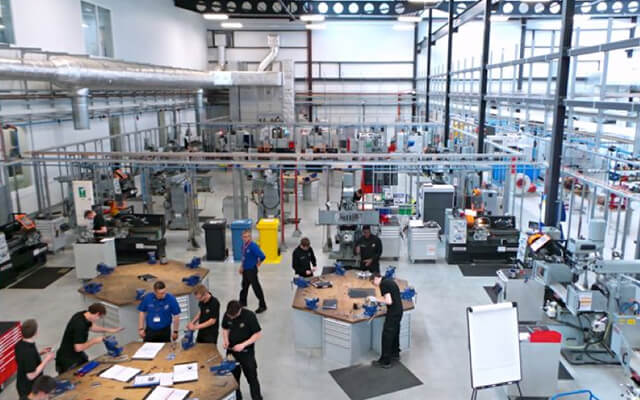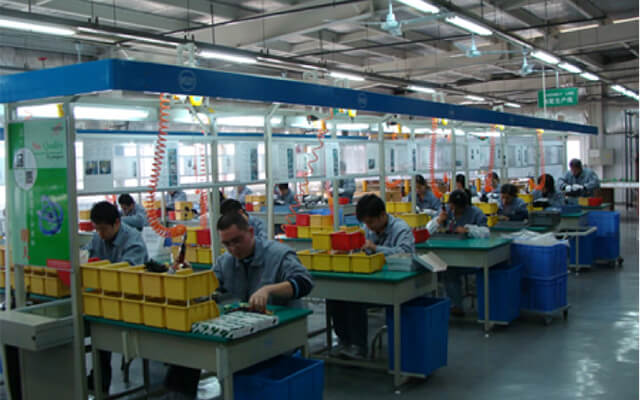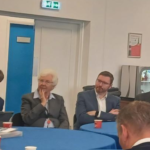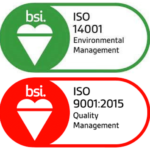Service Overview
As well as high volume manufacturing facilities within its automated powder coating, CNC machining and high pressure casting production centres Hallam Castings also offers high volume component assembly of components into sub-assemblies or finished products.


Sub-assemblies include housing sets for electronic equipment, ready for electronic components to be fitted to complete the product assembly and fixtures or strengthening components used in the construction sector, ready for use. Finished products supplied boxed and ready for delivery include computer monitor arms for installation in office suites or for retail sale and LED-based lighting products for industrial or commercial use.
Such component assembly products can be provided in volume for stock buffering or, in terms of Hallam Castings overall “lean” framework, on a Just in Time (JIT) basis to avoid overstocking waste using Kanban systems where possible. A natural extension of the JIT approach is delivery directly to the final user (or installer) on behalf of Hallam Castings customers. Office equipment, lighting and construction products are often delivered directly to the installation site. Similarly domestic lighting products are delivered directly to the retail consumer.
Key elements of efficient component assembly production at Hallam Castings are:-
- Reliable and well maintained machinery and equipment
- Well designed work cells
- Empowerment of work teams over quality and efficiency issues. “Kaizen” events can be set up to reinforce this.
- Standardisation of operations
- Integration of Quality, Health and Safety and Lean efficiency coaching and work instruction signage.
- Work flow levelling
- Cycle time monitoring and comparison. “Yamazumi” charts can be used to show this.
Hallam castings drive for continual improvement is based on reducing:-
- Inventory and space costs
- Processing and handling costs including machine set up times and costs
- Planning costs through simplifying integration with customer MRP systems
all underpinned by the development of close working relationships with customer design teams and production engineers so that DFM issues can be identified at the earliest possible stage of the customer product lifecycle.


